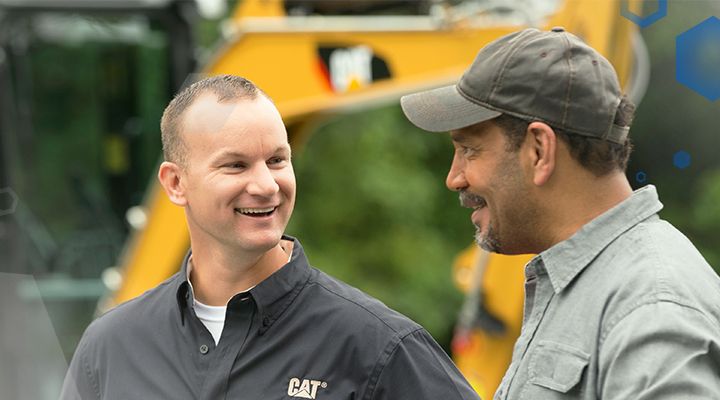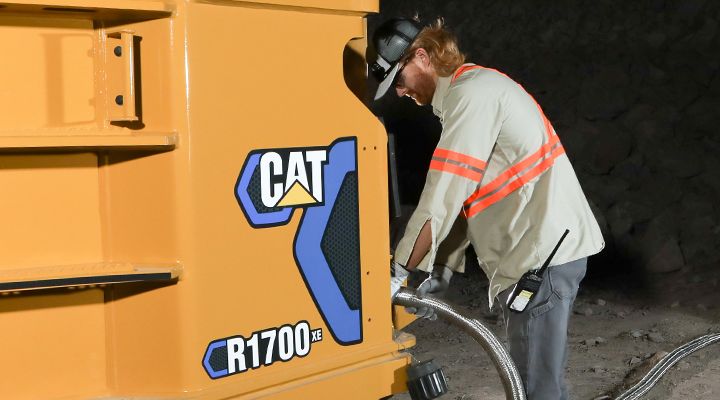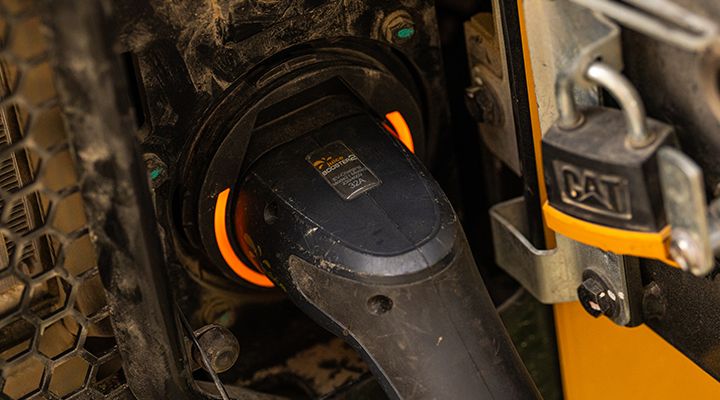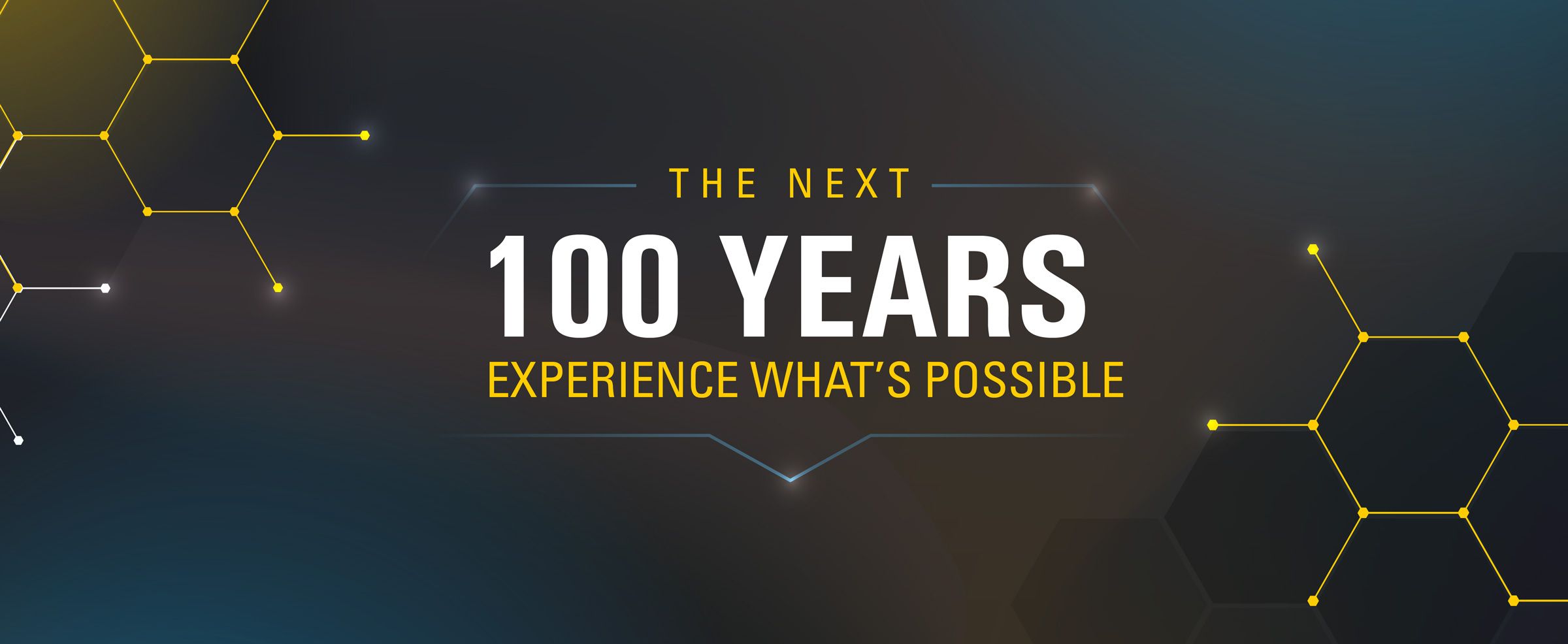If you already have an existing account with another Cat App, you can use the same account to sign in here
One Account. All of Cat.
Your Caterpillar account is the single account you use to log in to select services and applications we offer. Shop for parts and machines online, manage your fleet, go mobile, and more.
Account Information
Site Settings
Security
Innovations for Advancing Jobsite Energy Solutions
How a Holistic Approach Pays Off: Two Real-World Examples
Navigating an evolving energy landscape in construction isn’t just about swapping diesel machines for electric ones. It’s about rethinking your entire energy and operations ecosystem. Questions you might ask yourself include: What machines should you run? How much power do you need? Which energy sources meet your cost and operational goals? And how do you keep everything charged and productive without blowing your budget or missing deadlines?
At Caterpillar, we believe the best way to answer these questions is to get a holistic understanding of your construction site. It's important to understand how your assets, infrastructure and energy sources work together so that you can develop a site-specific strategy that meets your operational and sustainability goals as well as you or your client's budget.
Let me share two examples of that approach in action. One focuses on powering a remote site, and the other on integrating electric equipment. Both examples showcase what’s possible when you connect the dots across your operation.
Case Study #1: Powering A Remote Site with a Hybrid Solar + Energy Storage System
When there’s no utility power available on site, what’s the best alternative? For years, the answer was diesel generators or gas turbines. But today, there are additional options to consider.
That’s what we explored with Bartlett Lake Marina in Arizona. This off-grid recreation destination, surrounded by the Tonto National Forest, relied on diesel gensets for decades. But the marina’s owner was frustrated by rising fuel costs (more than $250,000 annually), frequent maintenance and noise pollution that distracted boaters. Plus, the generators produced more than 533 metric tons of CO2 emissions each year.
After evaluating the site and the owner’s goals — reduced operational costs and environmental impact — we implemented a hybrid microgrid solution:
- 400 kW solar array installed on the roof of the boat slips to help harness the energy of the Arizona sunshine
- Energy storage system to store excess power
- Backup diesel generator for reliability
- Microgrid controller to manage it all efficiently

Today, the marina gets 95% of its power from renewable energy, achieving near net-zero emissions. Fuel and maintenance costs have dropped significantly, and the site is much quieter for guests.
The same principles can be applied to construction sites. Renewable energy systems like the example above, can help bridge the energy gap in locations whether your site is fully off-grid, you’re waiting for utility power or even if you have grid access, but want better energy resiliency or to even generate revenue by selling excess power. Not to mention that less reliance on diesel can lower fuel costs and emissions. Access to a steady, reliable power supply can help keep schedules on track. And modular microgrid systems can scale to meet the energy needs of almost any jobsite.
Case Study #2: Testing Electric Equipment in the Real World
Now let’s talk equipment. As battery-electric machines gain traction, many construction companies are asking the same question: “Can they really work on my site?”
That’s what Granite Construction Company in Utah set out to learn. Its team was interested in trying electric equipment but didn’t want to make any major investments without knowing the operational impact.
To help, we installed a simulator on a diesel 950 GC wheel loader that mimicked electric machine performance under real-world jobsite conditions. Granite operators ran their usual routines while learning when to charge, how long it would take and how it would affect productivity and workflow. Together, we discovered that:
- A single overnight charge delivered enough power to meet daily production needs
- Midday charging added flexibility, especially with the right-sized charger
- Fast charging wasn’t required — and using it during peak periods triggered high utility bills
Without this trial, Granite might have overbuilt its charging setup or locked itself into an expensive energy plan. Instead, the company was able to develop a smarter, more cost-effective approach — all before purchasing a single electric machine or charger.
For any construction company exploring electrification, the takeaway is clear: real-world simulation can reveal opportunities and help you avoid costly missteps. And when you work with a partner who understands the entire jobsite, you get a solution that works in practice, not just on paper.
Looking Ahead: Smarter Strategies Through Data
These case studies illustrate that no two strategies look the same. Each site has unique goals, constraints and opportunities. So how do you find the right path for yours?
Caterpillar’s new digital energy transition platform can help lead you to the right answer. By using a digital twin of your operation — pulling in data from all electrified assets, no matter the brand — to help you visualize and optimize your site in real time.
You can simulate charging schedules, assess power needs, evaluate infrastructure and explore what-if scenarios. Whether you’re aiming to cut emissions, control costs or boost uptime, this platform gives you the insights to act with confidence — before committing to big changes on site.

Moving Forward, Together
Every construction site is different, and there’s no universal playbook for the evolving energy landscape. But you don’t have to figure it out alone.
At Caterpillar, we’re here to help you connect the dots — power, machines, infrastructure and data — into an integrated solution that works from day one. I’ll be speaking more about this holistic approach at the Advancing Construction Decarbonization conference June 23–25 in Denver. I hope you’ll join me there. Or feel free to reach out to me on LinkedIn to start a conversation or set up a site evaluation.
We’re here to help you move forward, one smart decision at a time.

Chris Petersen
Business Development Lead, Caterpillar Electrification + Energy Solutions
Christopher Petersen is a Business Development Lead in Caterpillar’s Electrification & Energy Solutions division. In this role, he experiments, develops, and deploys new products and services that help North American construction companies and their clients to achieve their energy transition goals.
Prior to working at Caterpillar, Chris spent several years in marketing and innovation at Procter & Gamble, Ocean Spray, and Juggernaut Capital portfolio companies. He’s also been the co-founder of two successful startups including Clean Earth Rovers, an LA-based BlueTech venture and MBAV, an experiential marketing and software company that was acquired by Thomson Street Capital Partners.
Related Stories
-
Holistic Solutions for Jobsites of the Future
See where electrification is headed and how you can have the most success in your energy transition journey.
Learn More -
Going Electric? Go Digital, Too.
Think about what’s required to keep your diesel-powered machine running. For the most part, if you conduct regular preventive maintenance and keep it fueled up, you’re good to go. Things aren’t so simple with electric equipment.
Learn More -
Charging Ahead: 4 Questions to Ask Now
If you operate heavy equipment today — one machine or a fleet of hundreds — then you have some sort of refueling strategy in place. Maybe diesel gets trucked to your sites once or twice a day, so machines can fuel up and keep working with little interruption.
Learn More -
Cat at CES 2025
Join us at the 2025 Consumer Electronics Show (CES) and learn about Energy Solutions with Caterpillar Inc.
Learn More







